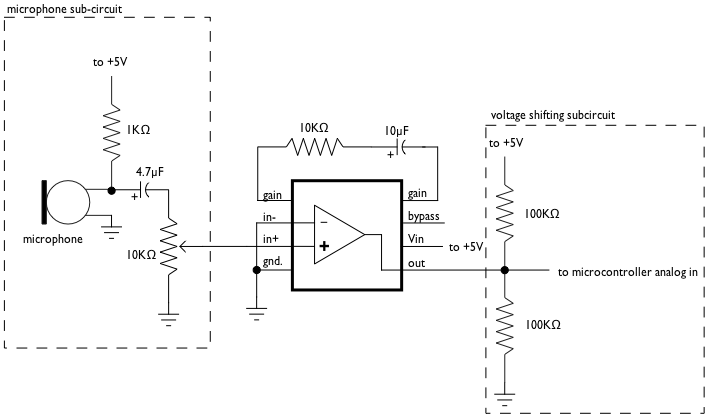Everybody loves the bluetooth nowadays. I learned what Bluejacking is at E-tech this year. As a wise woman pointed out to me: “Bluejacking, that’s what teenage boys do in the privacy of their bedrooms, right?” Similar enough.
Mike Sharon pointed out this little BT accelerometer board. I’d change the PIC for an 18F, but it’s really nice. The radio on it can be found here.
Here’s parallax’ EmbeddedBlue module.
I have a Promi SD 102 and the Promi ESD from Initium. They’re nice. They’ve got a distributor in Connecticut, Lemos:
Lemos International Co. Inc.
1305 Post Road
Suite 305
Fairfield, Ct. 06430
TEL: 203-254-1531
FAX: 203-254-7442
www.lemosint.com
sales@lemosint.com
A note on the Promi SD: Jamie Allen got this from the folks at Initium:
“If you want to use Promi-SD with Tx, Rx, and ground pins only, you have to disable hardware flow control feature on Promi-SD.
The AT command for this is:
AT+UARTCONFIG, baudrate, parity, stopbit, flow control
For example, if you use 9600 bps, no parity, one stopbit, no hardware flow control, then command is
AT+UARTCONFIG,9600,N,1,0
Or, you may do same job at Promi-WIN(v3b) software.”
I also have the EmbeddedBlue board from Parallax. Also nice, but the form factor’s harder to work with on a breadboard.
Mark Argo turned me on to blueRadios as well. They offer a version for those who want to write their own Bluetooth stack, which is worth the extra cost if you’re looking for custom functions.
Anyone got more of them? I want easy ones, something I only have to send AT commands to via a serial port, at worst. The less soldering, the better, as long as it’s cheap. I want world peace too.
